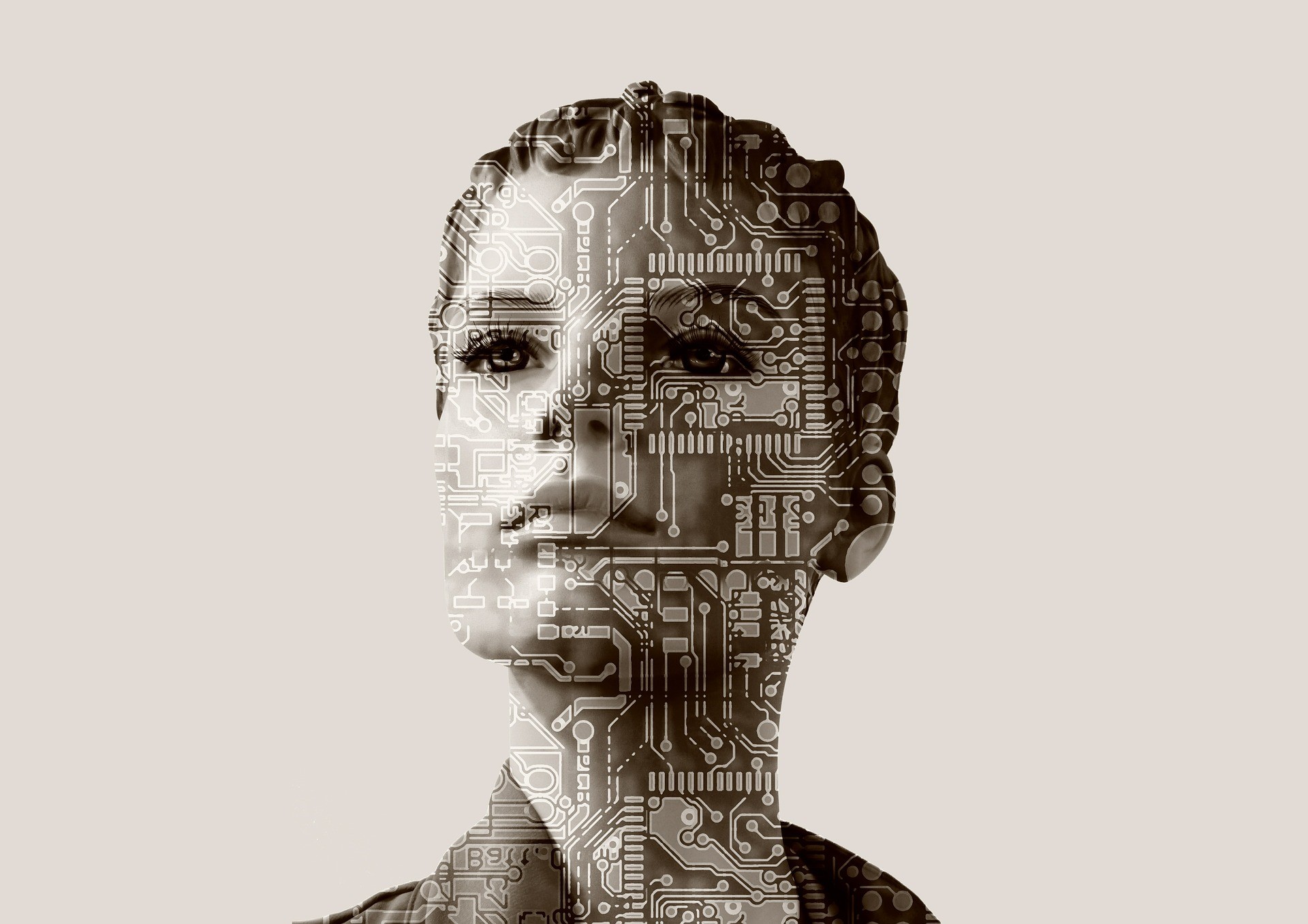
By Heather Hamilton, contributing writer
Technology’s effect on the workforce has been a hot-button topic as of late, leaving many wondering how long it will be before artificial intelligence comes for their job. The Economist, however has a different take — they’re claiming that technology is actually creating a demand for more work.
On “The Premise,” a Forbes podcast, Joe Lobo, a Botmaster at AI firm Inbenta, talks about how AI works to create new opportunities across a variety of career fields, including teaching. “What technology is doing is that it’s developing and slightly adjusting the jobs they are having to do while incorporating artificial intelligence with it. We are being able to evolve the types of jobs we can do and increasing the scope of what we’re able to offer thanks to increased productivity.”
In what’s referred to as the “human cloud,” individuals are offering services online via services like UpWork and Fiverr for a variety of clients, perhaps in response to AI. While some of the jobs on such freelancing sites don’t pay particularly well, others do — and they’re all employing real humans, though sometimes driving down wages in their relative industries. The Economist reports that strengthened content laws in places like Germany are also increasing the need for content moderators.
While there’s undoubtedly going to be a shift in the kind of labor that humans do, many assert that there isn’t anything to be afraid of. As software gets better at transcription-type work, humans will remain responsible for gathering and giving context to the data that AI relies on. There’s potential for a lot of combination work — AI to complete routine tasks with a human assist for complicated ones, even as algorithms improve (through training completed by humans, of course).
And the reach of AI isn’t limited to monotonous jobs like transcription — companies and individuals are working to utilize AI for creative purposes as well. Project Magenta, led by a team of Google researchers, is teaching machines to make music, sketches, videos, and even jokes. Douglas Eck, who had the idea for Project Magenta, told the New York Times that he believes that it is just another way for people to communicate. He believes that these systems will, in many years, be able to build a new Beatles song, even trillions of them.
Eck hopes that it goes beyond mimicry, though — to give artists the tools to broaden their own creations and make new kinds of art. Eck’s personal project is called NSynth and deals primarily with layering sounds. Another team of Google researchers created DeepDream in 2015, a tool that utilizes neural networks to create new imagescapes from existing photographs, so they aren’t new to this sort of creative exploration. Increasingly, artists are viewing this art/technology crossover as a natural extension of what art has always been doing — using new tools to amplify existing processes.
A study released at the Viva Tech conference in Paris this year suggested that upwards of 90% of jobs cannot be fully automated. The sentiment of the study is backed by a number of industry leaders, including Alphabet Executive Chairman Eric Schmidt and Jeff Immelt, the outgoing CEO of General Electric.
The new consensus is that AI isn’t out for our jobs — it’s out to improve them.
Sources: The Economist,Forbes,Project Magenta,New York Times,CNBC
Image Source: Pixabay
Advertisement
Learn more about Electronic Products Magazine





